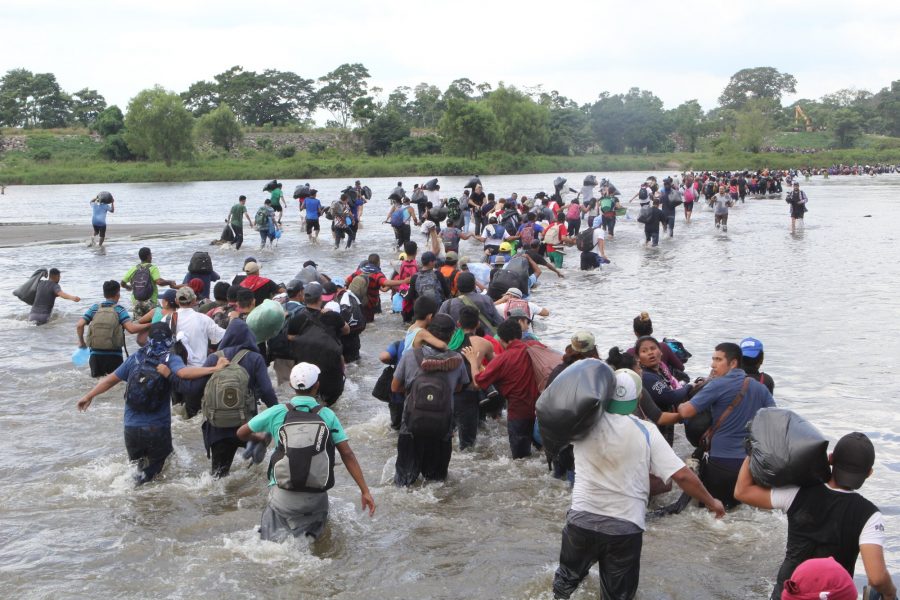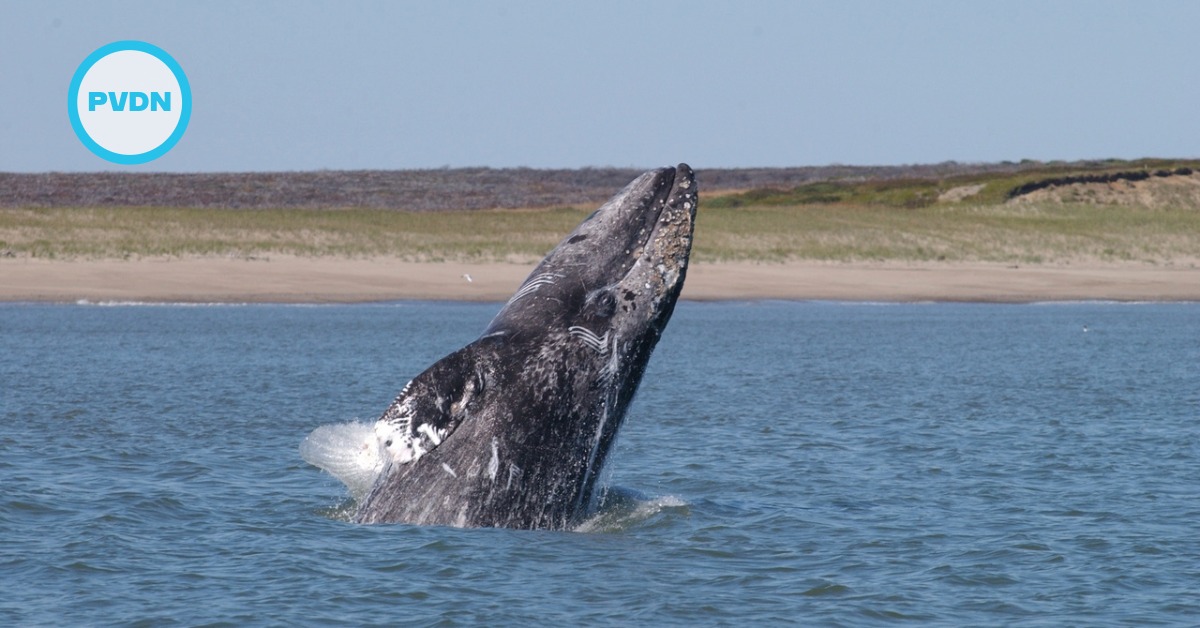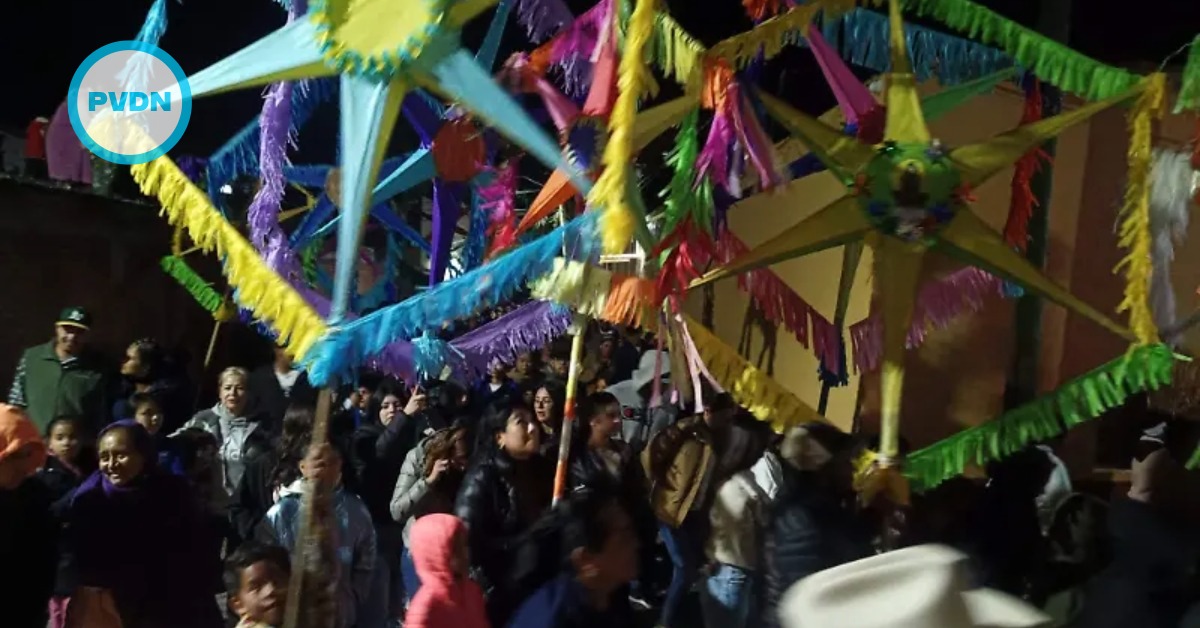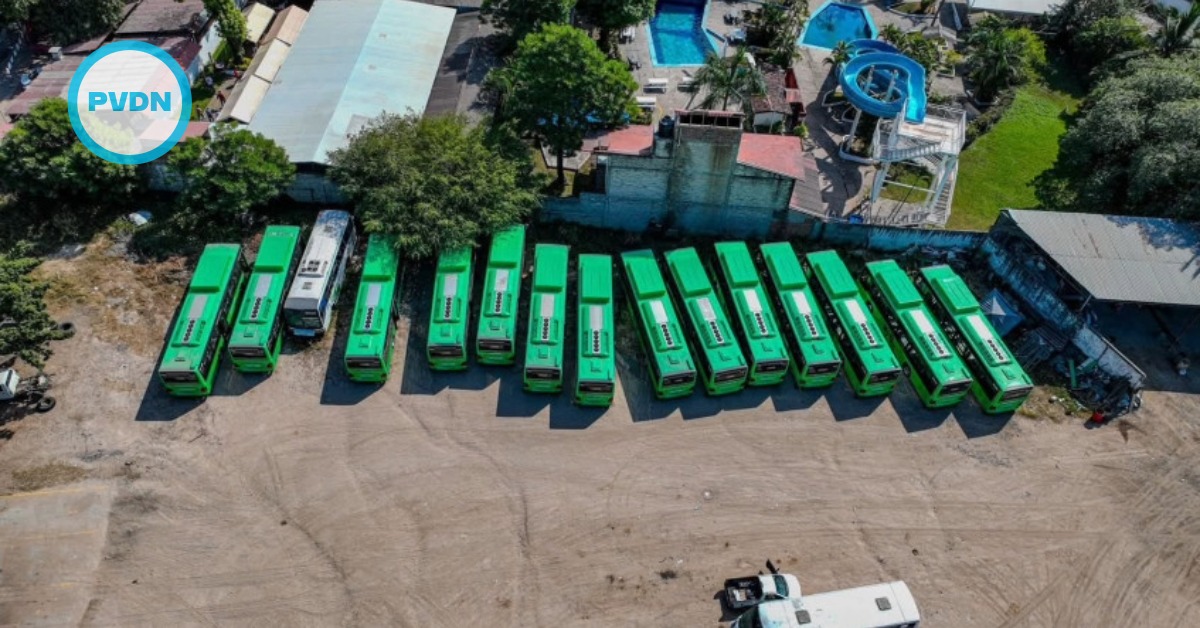After three grueling weeks walking along highways and hitching rides in pickups and flatbed trucks, thousands of Central American migrants traveling in a caravan through southern Mexico learned Friday that they would soon be leapfrogging ahead to the nation’s capital in buses.
As the caravan crossed into the Gulf coast state of Veracruz, Gov. Miguel Angel Yunes announced that authorities there would be providing not only humanitarian assistance but also offering mass transportation for the migrants.
“It is very important that they be able to move soon from Veracruz toward another place,” Yunes said in a video message released . . .







